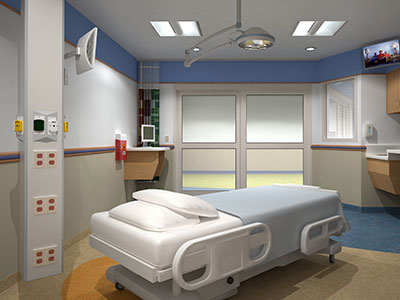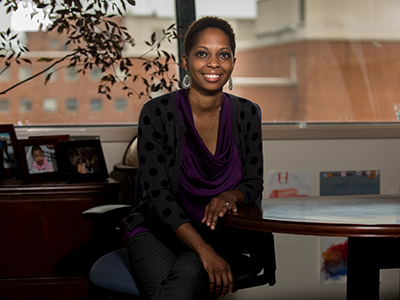All in the family: How to run an effective family meeting

Tessie October, M.D., M.P.H., led a qualitative study that discovered an increase in important information shared from families to the physician when physicians had openly responded with empathy and made time for families to share.
When critically ill children are in the intensive care unit (ICU), physicians must often lead difficult discussions with their families about the direction of care. These family conferences can be challenging for both the doctors leading them and for the families, who are unsure of their options, are under emotional strain and who may feel pressured to make decisions.
“We have patients with serious illnesses discussing major decisions and we don’t do a great job thinking about how to structure those meetings,” says Tessie October, M.D., M.P.H., a critical care specialist at Children’s National Hospital.
Dr. October seeks to help doctors better bridge the gap between themselves and families with her presentation entitled “All in the family: How to run an effective family meeting,” which she presented during the American Academy of Pediatrics (AAP) National Conference and Exhibition in New Orleans on October 28th.
During her session, Dr. October role-played a family conference scenario and allowed the audience to experience key skills needed to successfully facilitate them. “Many people think family conferences are about being nice and assume that physicians know how to do this well,” says October. “There is a skill to navigating the conversation where you ensure that the family hears what you’re saying and you respond to the emotions that follow.”
Dr. October led a qualitative study that discovered an increase in important information shared from families to the physician when physicians had openly responded with empathy and made time for families to share. “Families experience increased satisfaction, physicians become more confident in leading these family conferences and the time needed to make medical decisions is shortened because the family heard the information clearly enough for them to make the decision,” says Dr. October.
Within her study, the 68 recorded conferences that took place at Children’s National pediatric ICU (PICU) showed that physicians missed opportunities to respond to the emotions expressed by a patient’s family in 26% of their interactions. “Families want a doctor to be professional caregiver, to be honest with them, and to present clear information that allows the family to make an informed decision.”
Dr. October and her colleagues intend to help physicians learn to communicate better, starting at Children’s National. “My goal is to expand the program hospital-wide, starting with hematology, neonatology, emergency medicine and cardiology fellows, all of whom will most likely have these difficult treatment and end-of-life discussions with families at some point.”









